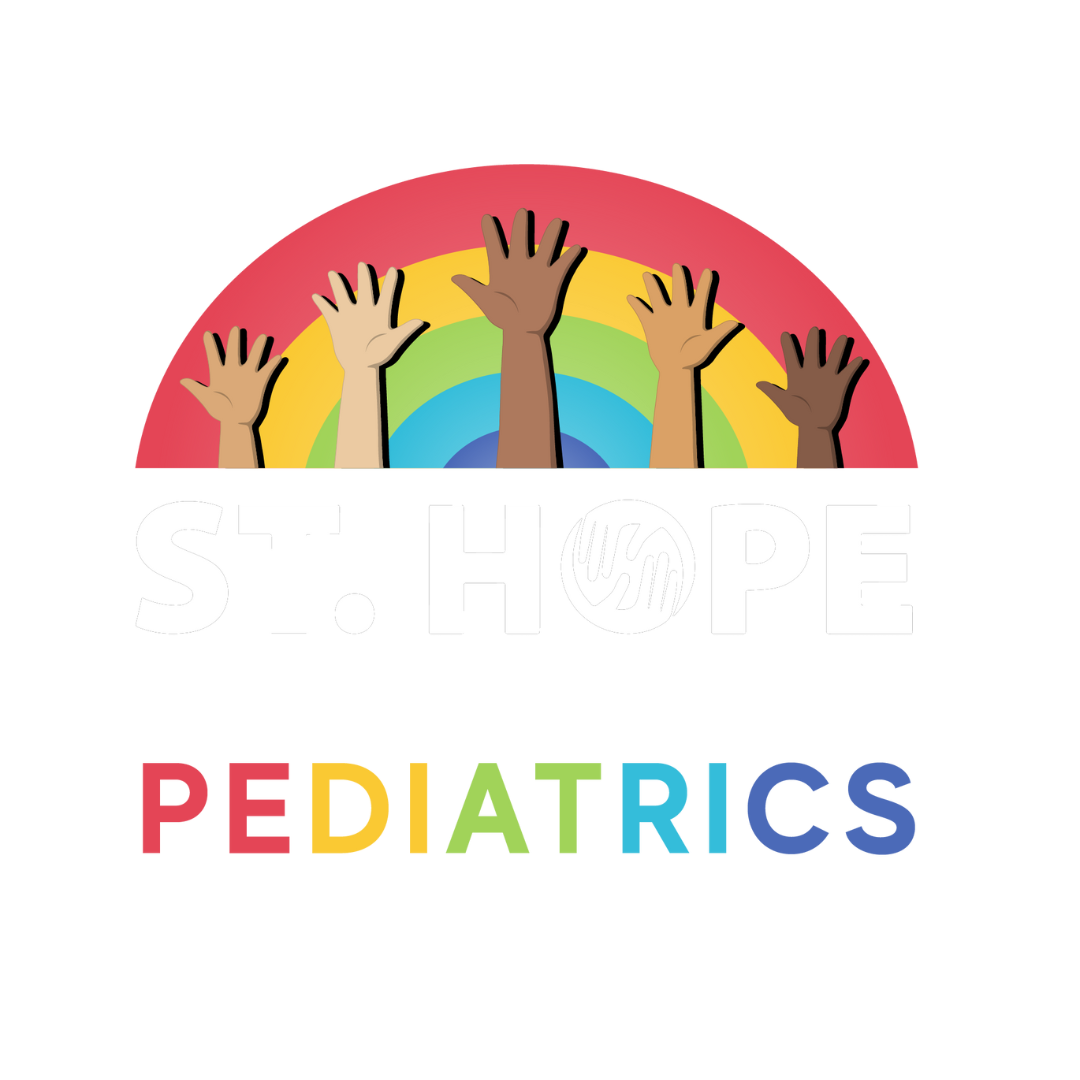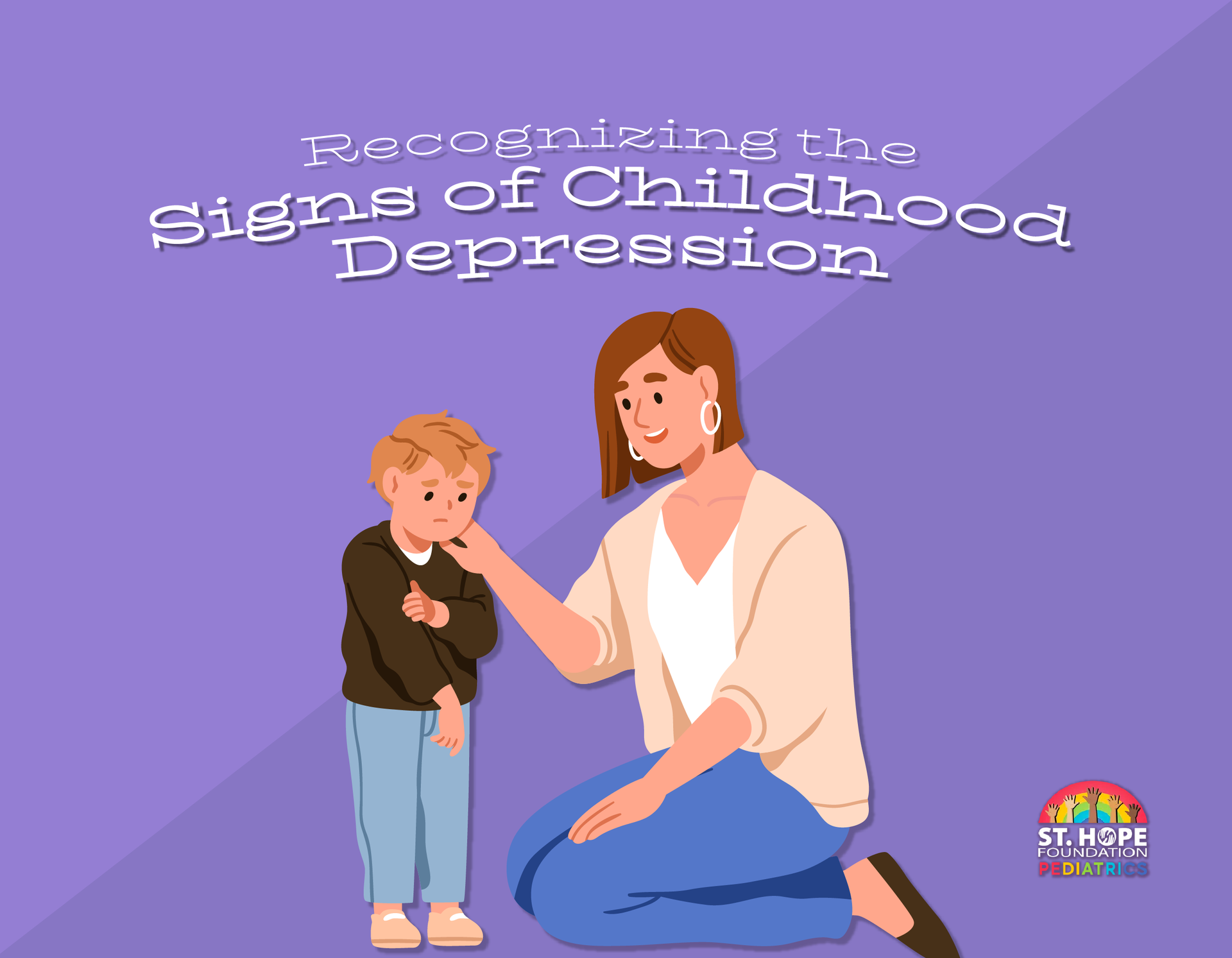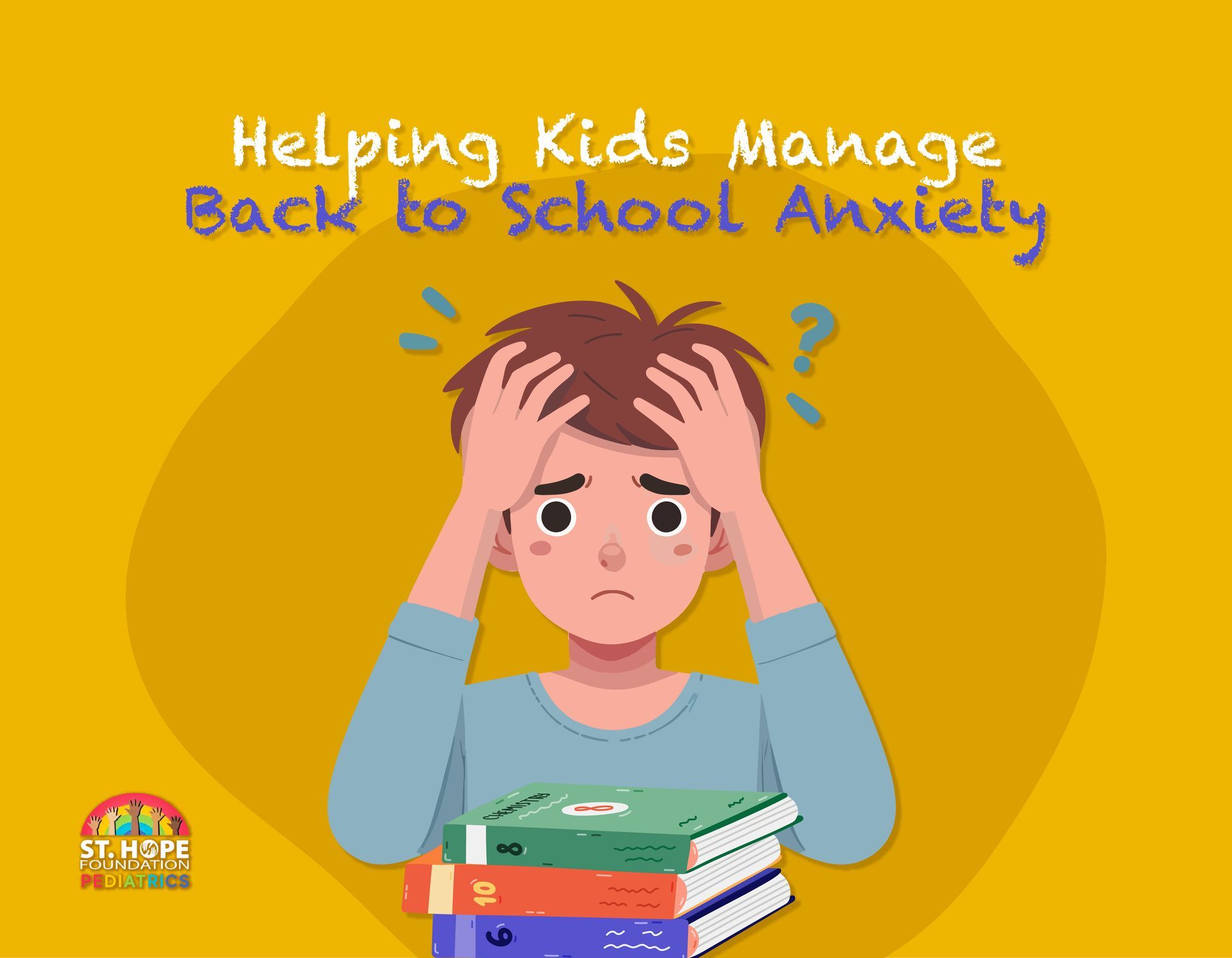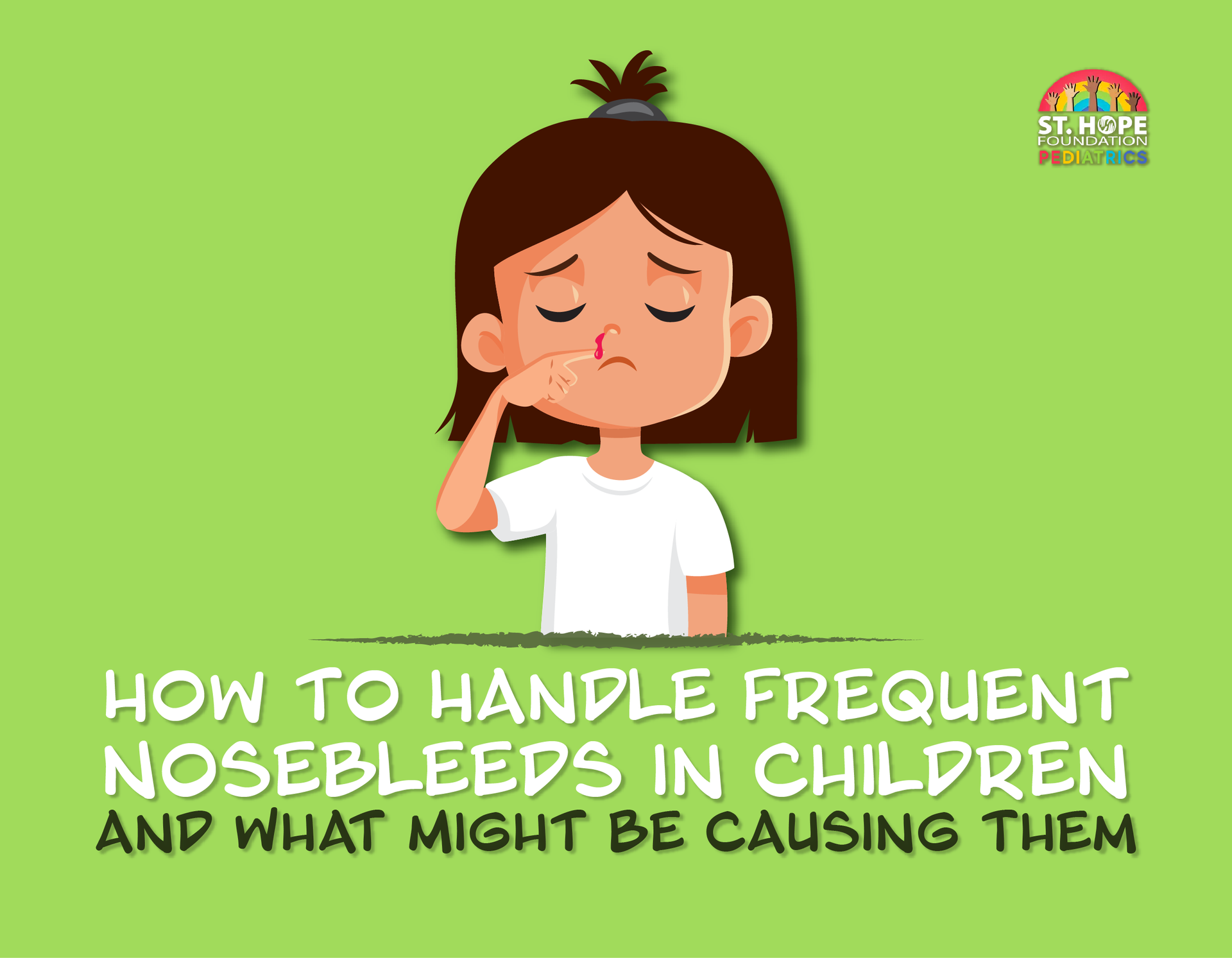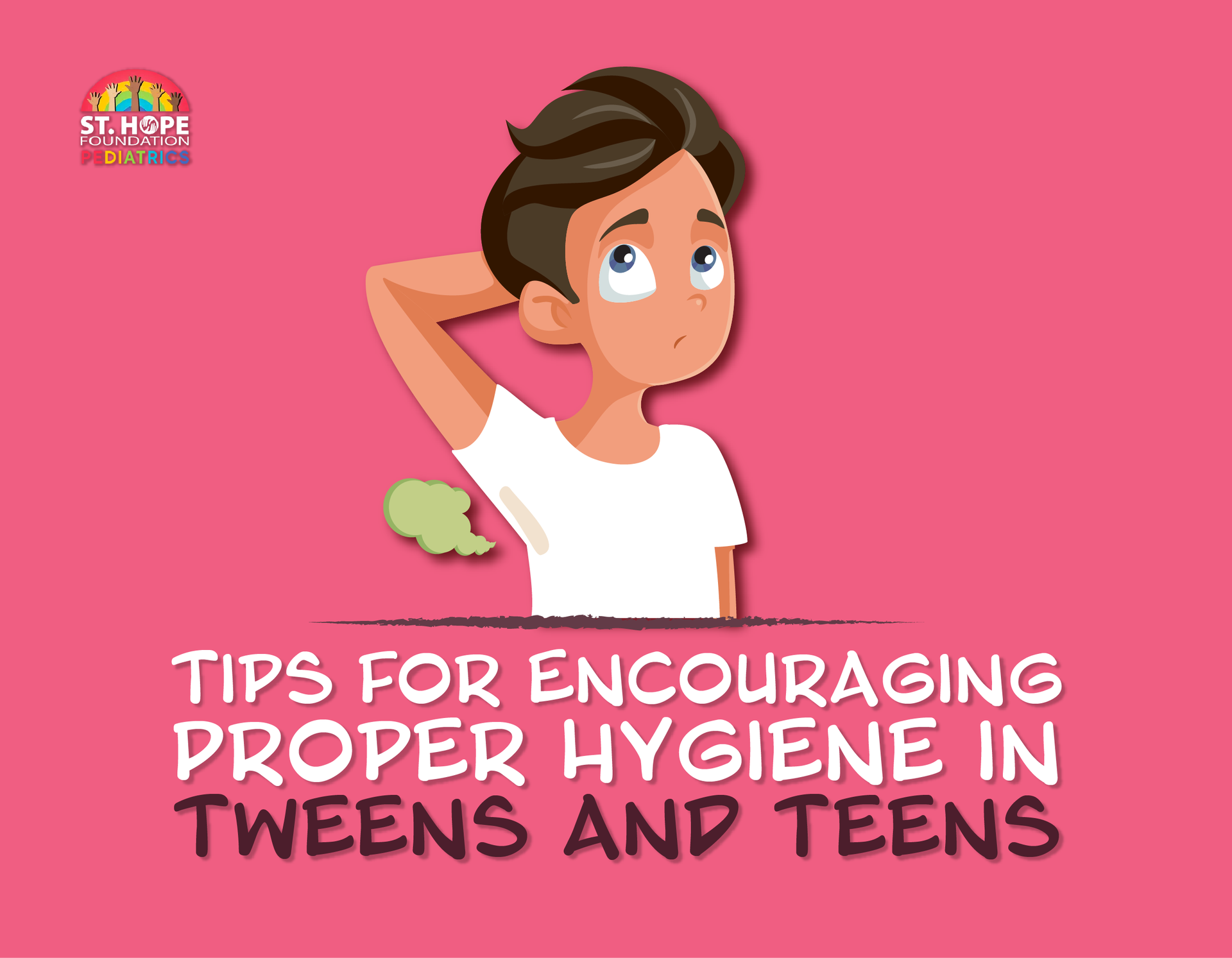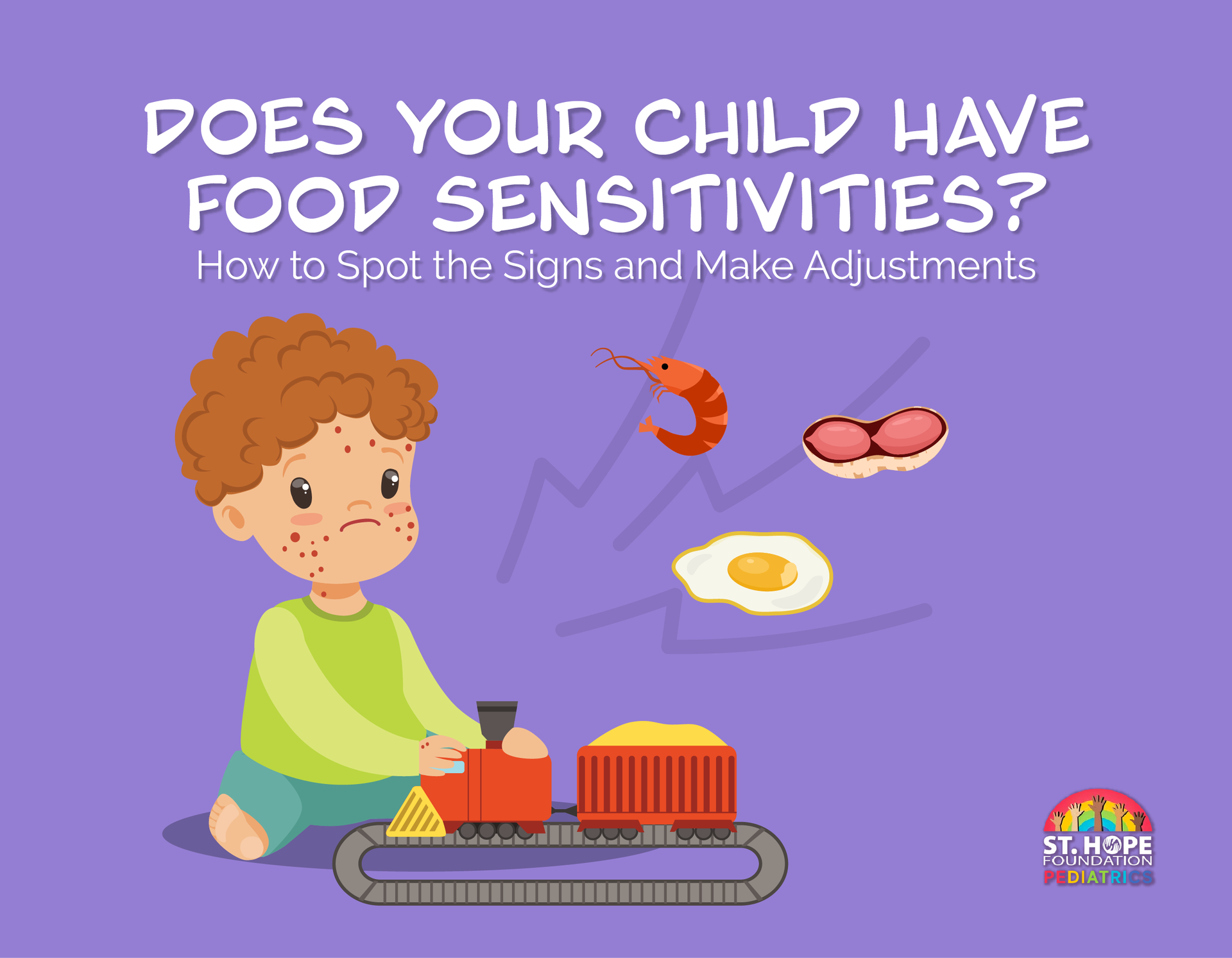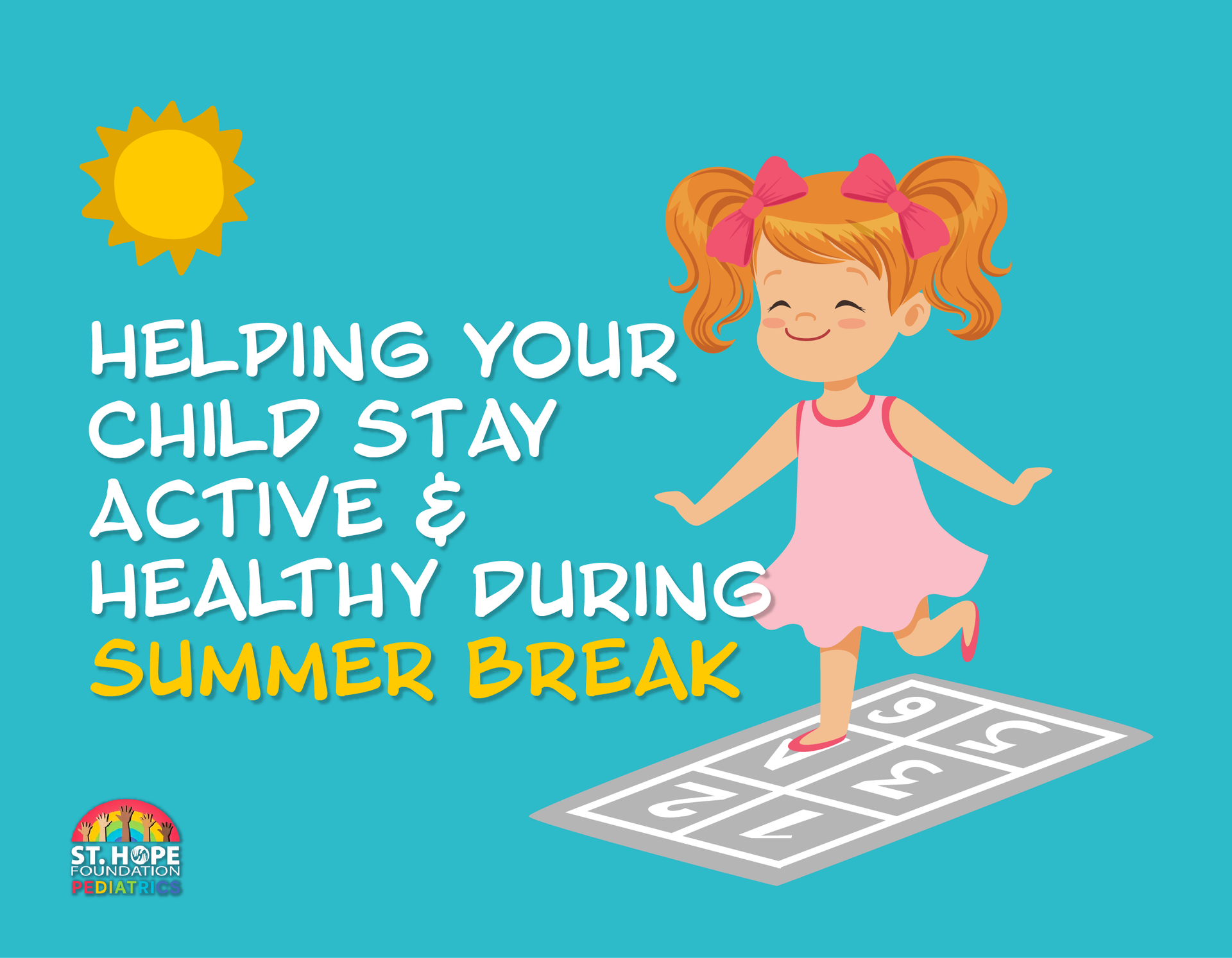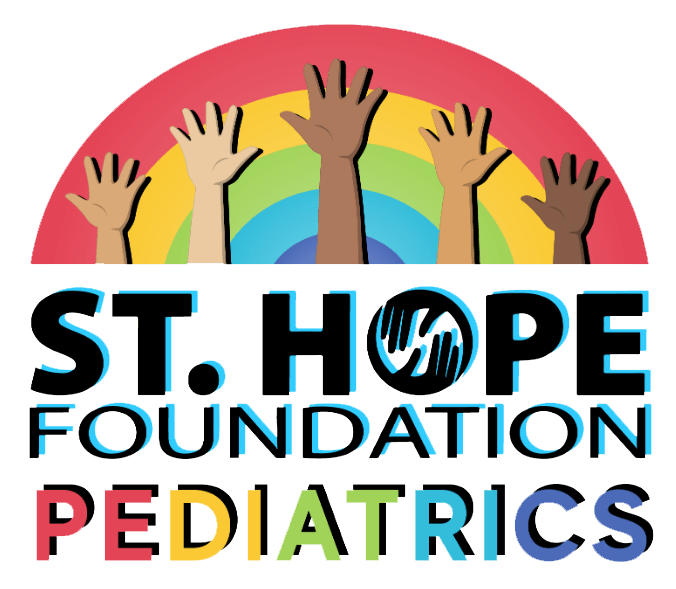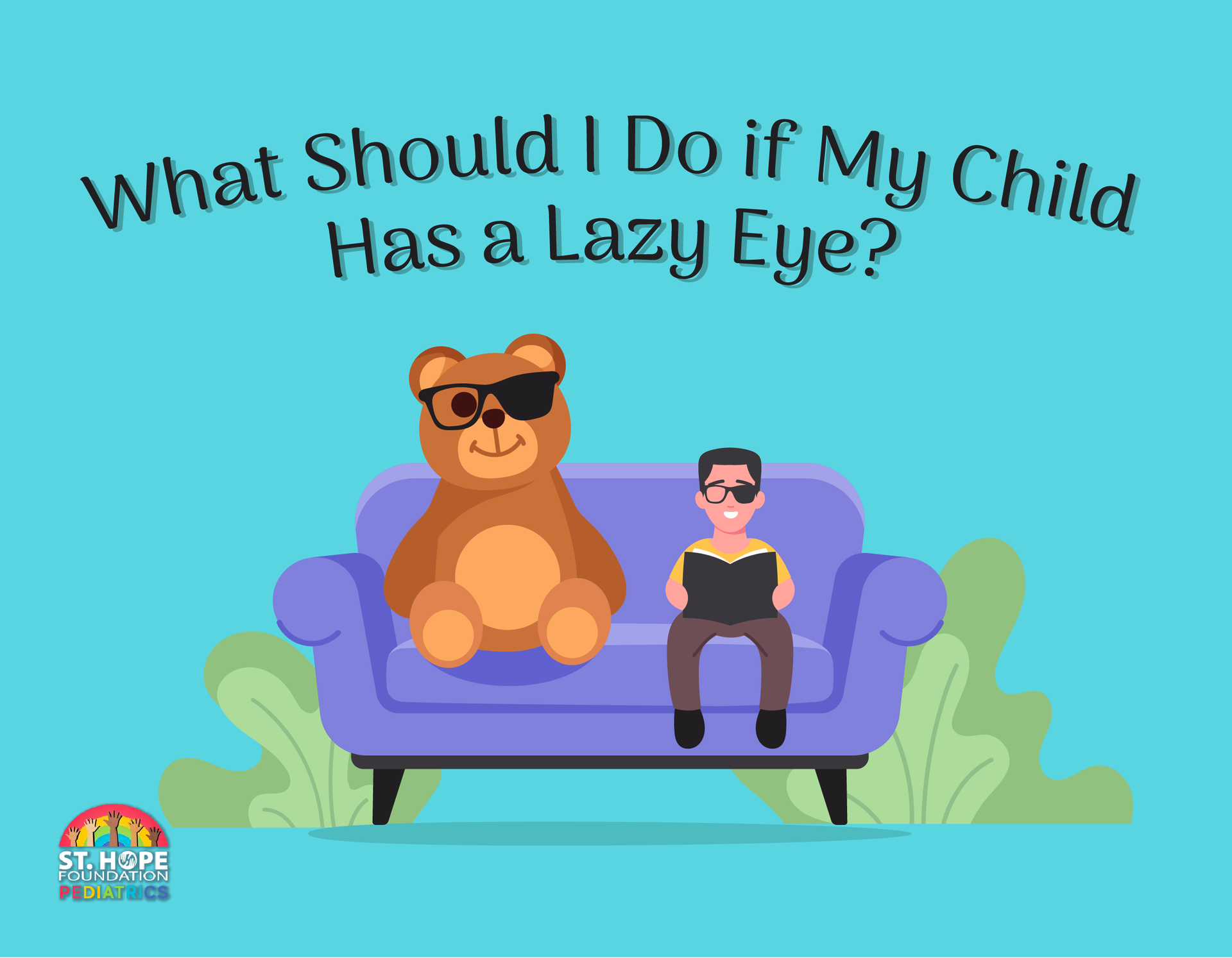
Discovering that your child has a lazy eye can be concerning for any parent. In addition to concerns about their long-term eye health, you might also be worried about things like how decreased vision quality may affect their education or bullying from peers.
Understanding the condition, its causes and available treatment options can help you reduce some of these concerns and give you the knowledge to effectively manage and improve your child's vision.
What Is a Lazy Eye (Amblyopia)?
Lazy eye, or amblyopia, is a common childhood vision disorder characterized by reduced vision in one eye. The condition typically occurs when the brain and eye do not work together properly.
A lazy eye can develop during infancy or early childhood. If left untreated, a lazy eye may even persist into adulthood, potentially leading to permanent vision impairment.
Causes of Lazy Eye in Children
Several factors can contribute to the development of a lazy eye in children, including:
- Strabismus (Crossed Eyes): Strabismus is a misalignment of the eyes where one eye turns inwards, outwards, upwards or downwards and is a common cause of lazy eye. The misaligned eye may become suppressed by the brain, resulting in reduced visual acuity.
- Refractive Errors:
Unequal refractive errors between the eyes, such as nearsightedness, farsightedness or astigmatism, can lead to lazy eye. The brain may favor the eye with clearer vision, causing the weaker eye to become amblyopic over time.
- Visual Deprivation:
Conditions that obstruct or inhibit vision in one eye during critical periods of visual development, such as congenital cataracts or ptosis (drooping eyelid), can result in lazy eye. Lack of visual input to the affected eye can lead to reduced visual acuity and amblyopia.
- Family History: A family history of lazy eye or other vision disorders may increase a child's risk of developing amblyopia. Genetic factors can predispose certain individuals to vision problems. If there’s a history of vision disorders in your family, it’s likely in your child’s best interest to prioritize early detection and intervention.
Signs and Symptoms of Lazy Eye
In order to properly diagnose and seek treatment for lazy eye, it’s important to Identify the signs and symptoms. Common indicators of amblyopia in children may include:
- Misaligned or wandering eye (strabismus)
- Reduced visual acuity in one eye
- Poor depth perception or 3D vision
- Squinting or closing one eye
- Difficulty focusing or tracking objects with one eye
- Head tilting to favor one eye
If you notice any of these signs or symptoms in your child, be sure to consult with a pediatric eye care professional ASAP to receive a vision evaluation.
Diagnosis and Treatment Options
Diagnosing lazy eye involves a comprehensive eye examination performed by an optometrist or ophthalmologist. During the evaluation, the eye care provider will assess visual acuity, eye alignment, refractive errors and overall eye health to determine the presence and severity of amblyopia.
Treatment options for lazy eye may vary depending on the underlying cause and severity of the condition.
Common approaches to managing and treating amblyopia in children may include:
- Prescription Eyeglasses: Correcting refractive errors with prescription eyeglasses can help equalize vision between the eyes and encourage visual development in the weaker eye.
- Eye Patching or Occlusion Therapy: Covering the stronger eye with an eye patch or using atropine eye drops to blur vision temporarily in the dominant eye can stimulate visual activity in the weaker eye, promoting improved visual acuity over time.
- Vision Therapy:
Vision therapy exercises, such as eye exercises, visual-motor activities and binocular vision training, may be recommended to enhance eye coordination, depth perception and visual processing skills in children with a lazy eye.
- Corrective Surgery:
In cases of severe strabismus or structural abnormalities contributing to amblyopia, corrective surgery may be necessary to realign the eyes and improve visual function
- Early Intervention Programs: Participating in early intervention programs, such as vision screenings and pediatric eye care services, can facilitate the early detection and management of lazy eye in infants and young children.
Are You Concerned Your Child in Houston May Have Amblyopia?
Amblyopia is a treatable condition, especially when it’s diagnosed early and parents, pediatric doctors and vision specialists work together to implement an effective intervention plan to prevent long-term vision impairment.
If you suspect that your child may have a lazy eye, don't hesitate to schedule a comprehensive eye examination with an eye care professional at St. Hope Pediatric.
Contact us today here on our website or give us a call at (713) 778-1300.
